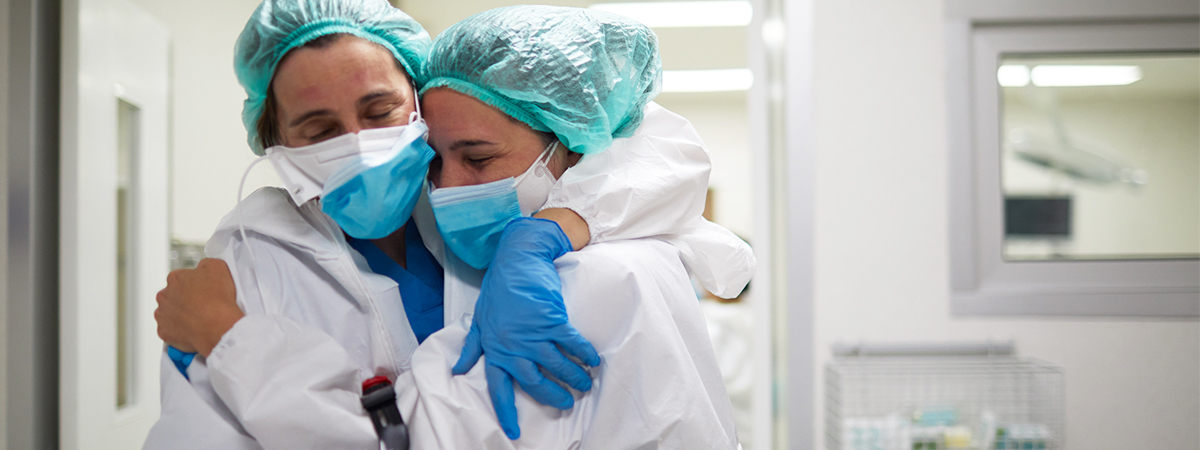Although there are 155 million registered donors or nearly half of US adults, transplant waitlists remain long. While the US leads the world in deceased organ donation rates with steady growth and clinical innovations that have helped address the need, there is major room for improvement. Says Alex Glazier, CEO of New England Donor Services, with the right systemwide interventions, deceased donor kidney transplantation could jump by 61% by 2026. A key challenge for this community is the fact that there is a substantial underutilization of the available, albeit less than perfect, organ supply. For example, over 20% of donated kidneys that have been recovered surgically, prepared, and offered for transplant ultimately are not used. Even more surprising, a study found that patients who died waiting for a kidney transplant received a median of 16 kidney offers over 651 days, declined by their transplant program. Glazier says given a system of scarcity, understanding the risk-benefit of accepting a less than perfect organ and being transplanted must be assessed against the very real possibility of receiving no transplant at all.
To learn more about the challenges and opportunities for organ donation, Dan Shellenbarger, Partner in Oliver Wyman's Health and Life Sciences Practice, sat down with Alex Glazier, CEO of New England Donor Services, and Kevin O'Connor, CEO of LifeCenter Northwest on the Oliver Wyman Health Podcast to talk about ways in which their organizations are driving improvements in organ recovery and transplantation and why older donors are a key demographic of focus.
Listen to the Podcast
Show Highlights
- “…one thing that people are surprised to hear is that the medical opportunity for organ donation is actually pretty rare, that only about 2% of deaths that occur in a hospital have any medical potential for organ donation to happen.”
- “Over the past few years, we've had over a 50% growth in deceased organ donation in the US and when we look at kidney transplants in particular, they've grown at a rate of roughly 6.7% each year since 2013, and that's remarkable.”
- “A major challenge for all of us in this community of practice is the fact that there is a substantial underutilization of the available organ supply… over 20% of kidneys that have been recovered surgically and prepared and preserved for transplant ultimately are not used in any patient.”
- “The area for opportunity and growth at this point for the US really is in older donors and ensuring that we're recovering organs that are donated from older donors, and that they're being effectively utilized.”
- “Historically, the primary metric of success of the transplant itself was a one-year patient and graft survival. And now the major societies, the American Society of Transplantation, the American Society of Transplant Surgeons, and others have come together and are beginning to look at proposing a new set of metrics that would actually reduce the importance of that single point in time measure of success or failure, and look at the longer term.”
- “What’s critically important is understanding the risk-benefit of accepting an organ and being transplanted in the larger context of no transplant at all.”


